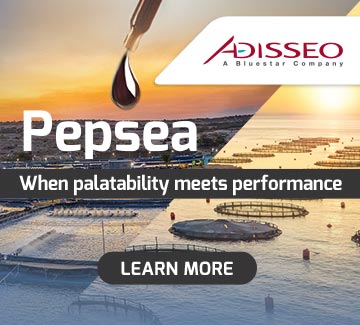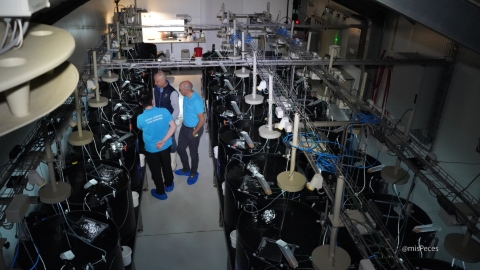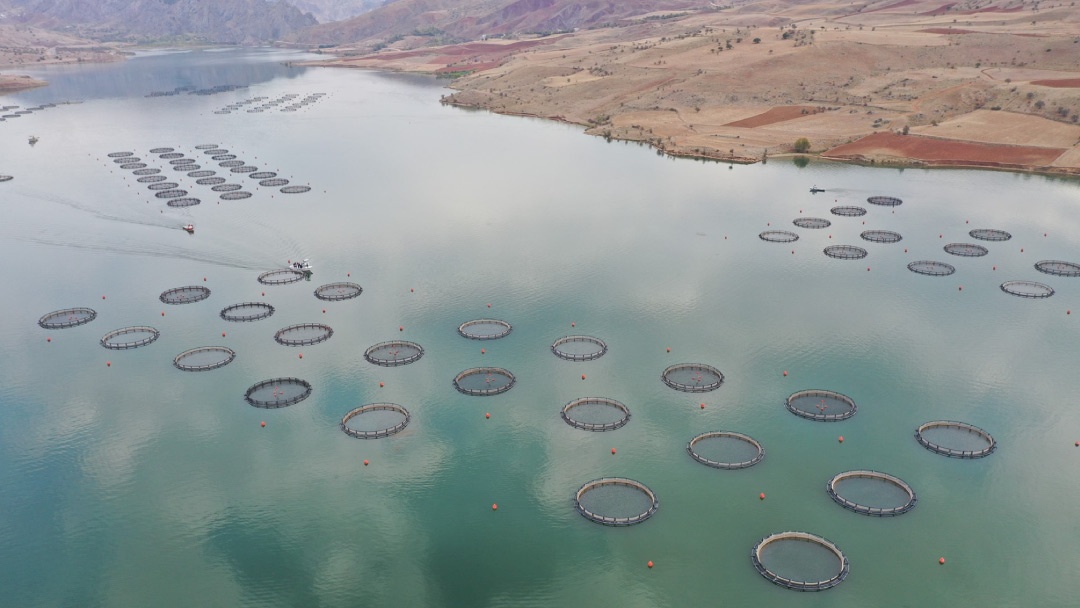 Granjas de truchas | Sivas Valiliği
Granjas de truchas | Sivas Valiliği
Nestled in the heart of Central Anatolia, Sivas, a province in Turkey often associated with its rugged landscapes and rich history, is making unexpected strides in sustainable aquaculture. Despite being far from the sea, Sivas is emerging as a hub for rainbow trout farming. Its tranquil dam lakes, now home to floating net cages, have become centres of both economic development and environmental innovation.
The story began in 2008, when five facilities were established in the Çamlıgöze Dam Lake, Suşehri district. This marked a turning point for aquaculture in the region. Over the years, two more facilities emerged in İmranlı and Gölova, adding to the growing enterprise. Today, seven operations collectively produce an impressive 5,250 tonnes of rainbow trout each year.
A Hidden Aquaculture Gem
Suşehri, a district 144 kilometres from Sivas city, leads the charge with a staggering 4,250 tonnes of annual production – roughly 81% of the province's output. İmranlı follows with 950 tonnes, while Gölova, a smaller contributor, produces 50 tonnes. Together, these facilities supply high-quality rainbow trout to domestic markets and export destinations such as Russia, Japan, and the European Union.
For local communities, this thriving industry has been a lifeline, creating jobs and bolstering the regional economy. But the benefits extend beyond commerce. The carefully managed dam lakes provide a sanctuary for natural fish populations, which flourish beneath the protective nets, creating additional opportunities for recreational fishing.
Challenges Beneath the Surface
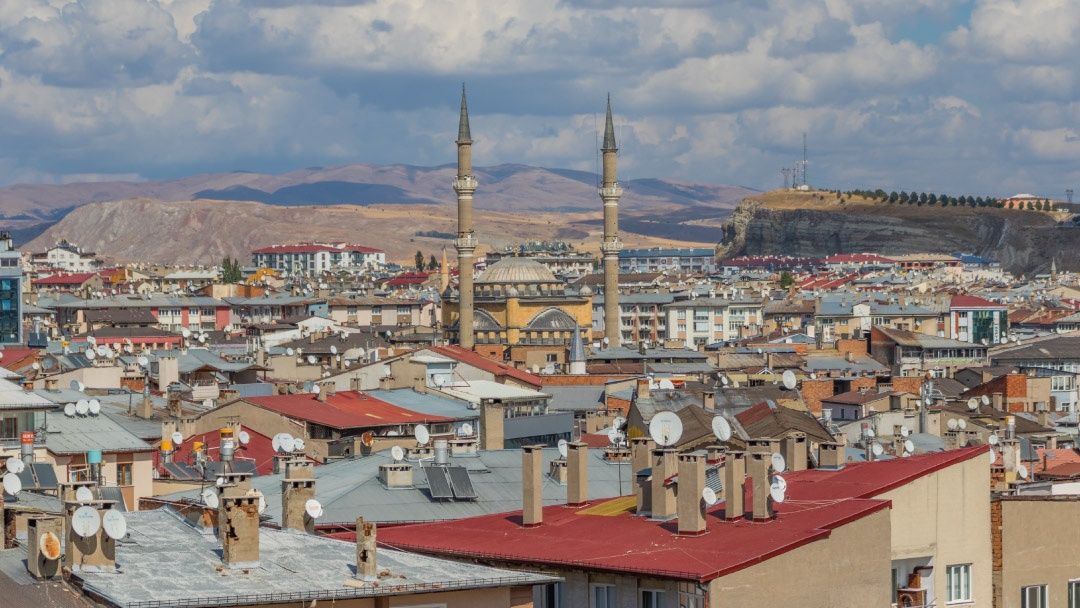
Despite its successes, the aquaculture sector in Sivas is not without challenges. While the province's cold, oxygen-rich waters are ideal for rainbow trout farming, the environmental cost of unconsumed feed and fish waste looms large. Eutrophication and reduced oxygen levels threaten the delicate ecosystems of the dam lakes, prompting calls for stricter regulation and innovative farming methods.
Climate change adds another layer of complexity. Rising summer temperatures and droughts are reducing water levels and oxygen availability in these artificial reservoirs, slowing fish growth and increasing the risk of disease. The need for sustainable practices has never been more urgent.
A Vision for the Future
Experts believe Sivas is only scratching the surface of its aquaculture potential. The province is home to numerous dam lakes with conditions ripe for fish farming. Yet, many remain untapped due to a lack of infrastructure and awareness.
Government incentives and private investment could unlock this potential, not only increasing production but also creating new employment opportunities. The establishment of local feed production facilities and fish processing plants would address key logistical and financial barriers.
Equally important is a cultural shift. In Turkey, annual fish consumption per capita stands at just 5.4 kilograms, far below the EU average of 22 kilograms. Public campaigns to promote the nutritional benefits of rainbow trout, paired with improved accessibility, could help close this gap.
A Delicate Balance
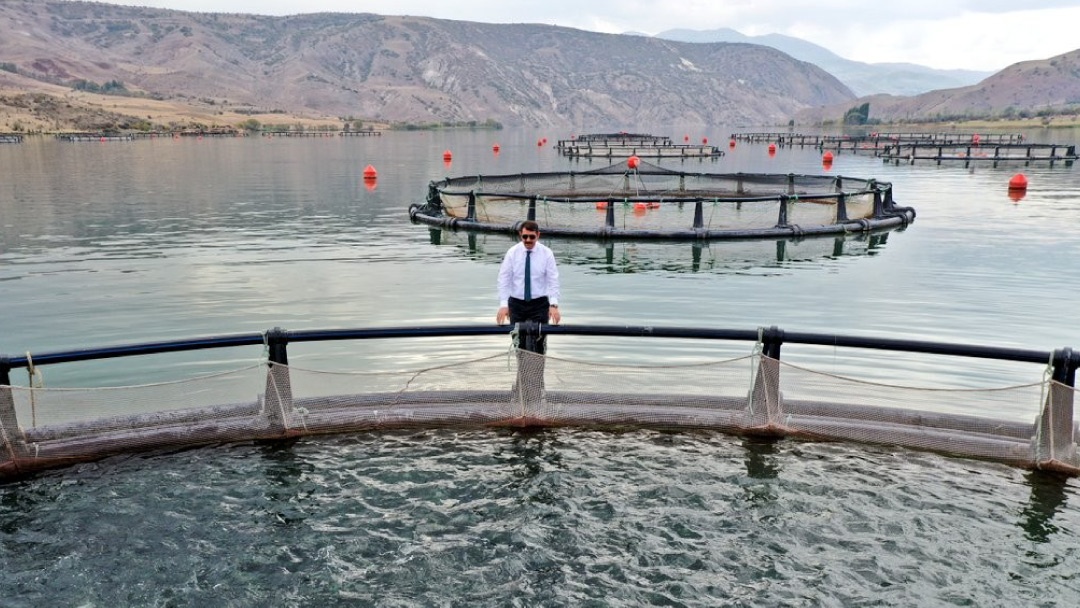 Jaula central truchas - Sivas, Turquía
Jaula central truchas - Sivas, Turquía
The success of aquaculture in Sivas hinges on sustainability. Adherence to environmental standards, ecosystem-based management, and ongoing monitoring will be critical to ensuring that growth does not come at the expense of the province’s natural resources.
As Sivas charts its course as a leader in sustainable aquaculture, the floating net cages of its dam lakes stand as a symbol of balance: between tradition and modernity, economy and ecology, and opportunity and responsibility. With the right support, this Anatolian province could become a beacon of sustainable food production for Turkey and beyond.
This piece draws on research published in the Asian Journal of Applied Science and Technology.

